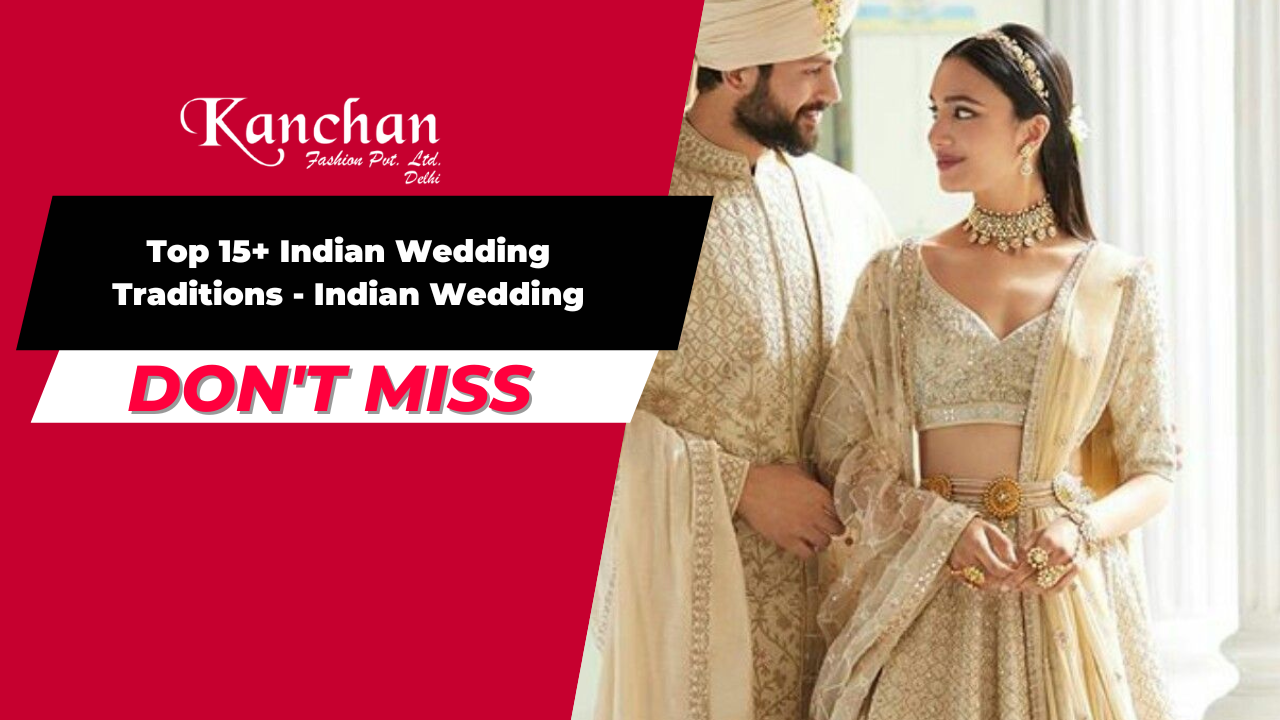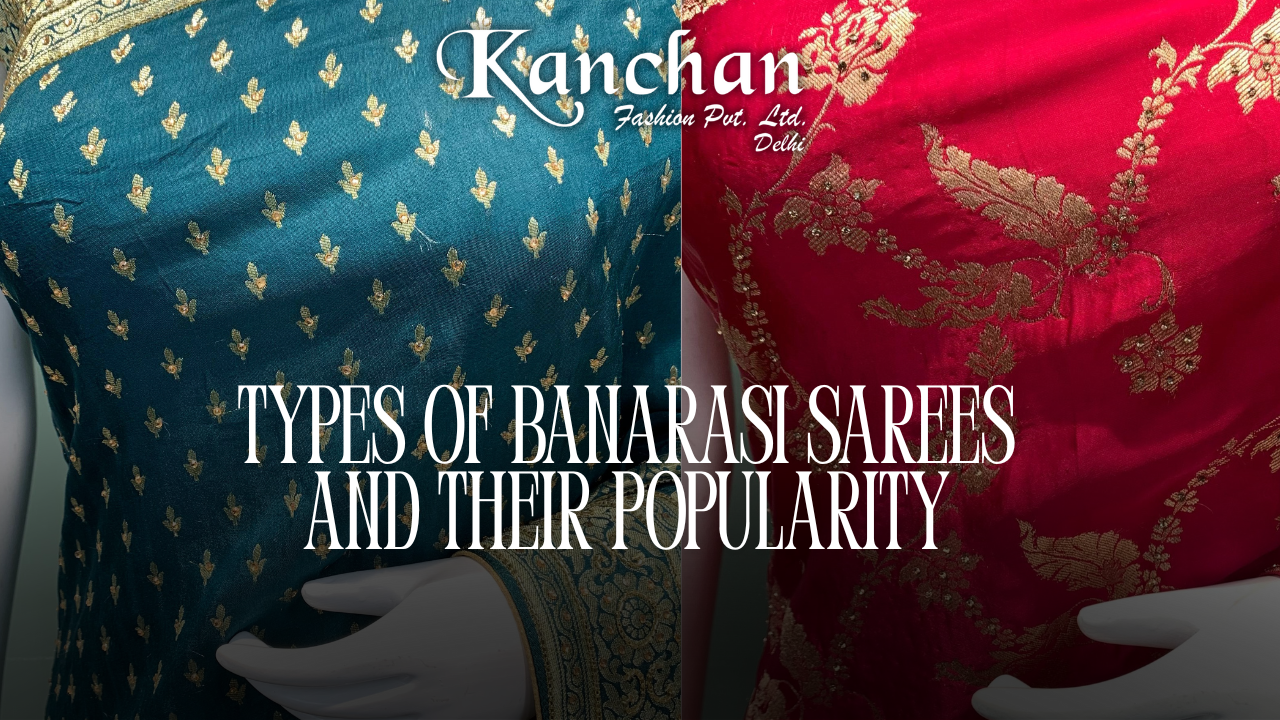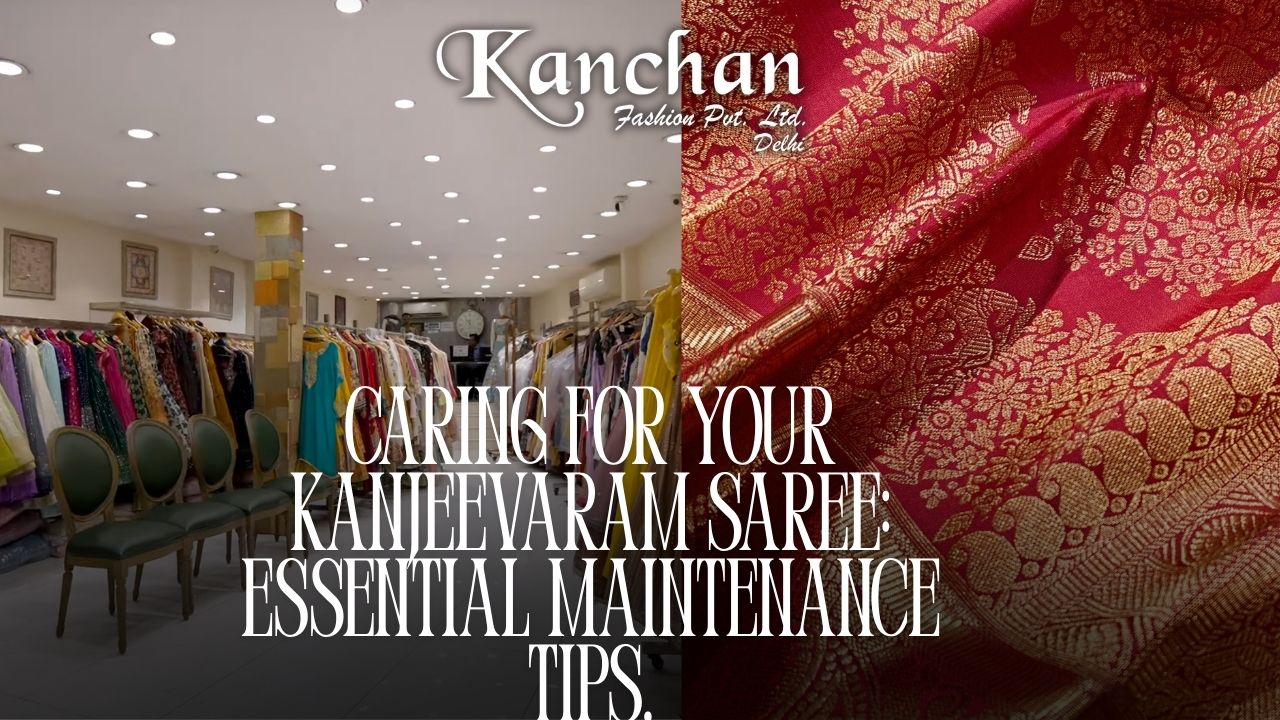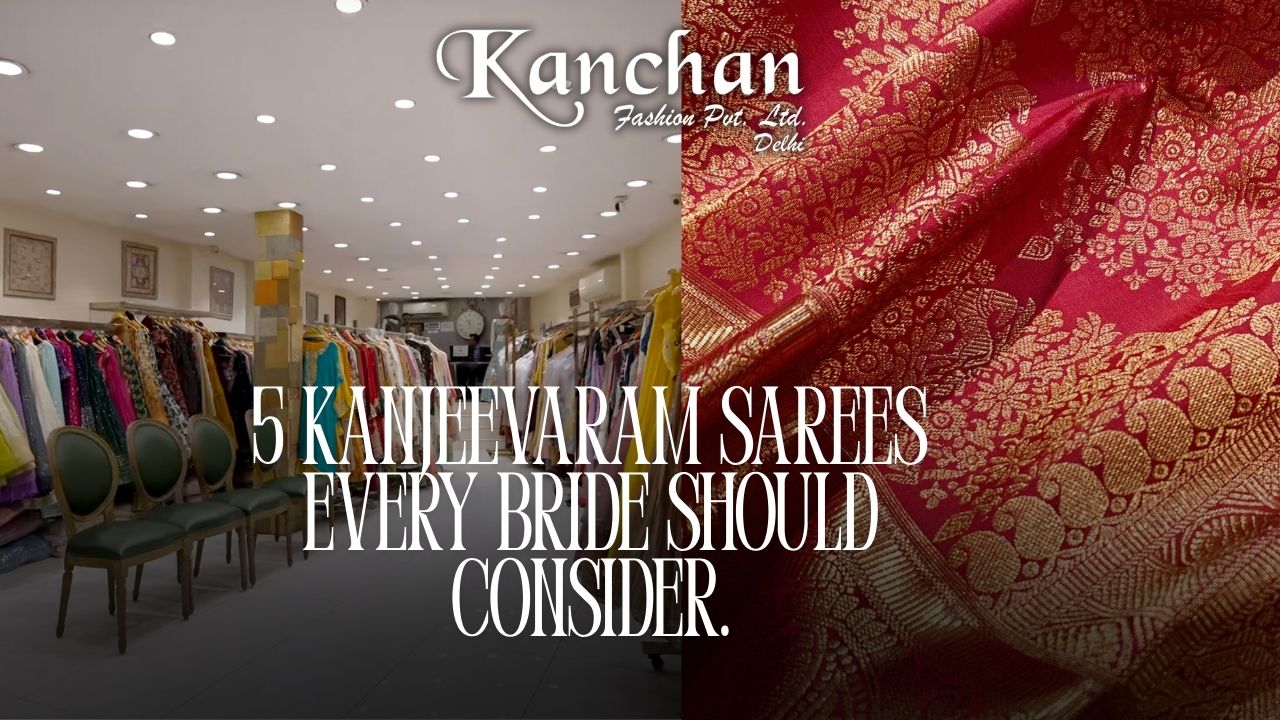Top 15+ Indian Wedding Traditions
Table of Contents
Introduction















Indian weddings are known for their rich cultural traditions and elaborate ceremonies. They are a fusion of diverse rituals and customs that vary across different regions of India. These traditions not only add vibrancy to the wedding celebrations but also hold deep religious and cultural significance. In this article, we will explore the top 15+ Indian wedding traditions that make these ceremonies truly special.
Pre-Wedding Ceremonies
1. Roka
The Roka ceremony marks the official announcement of the upcoming wedding. It is a formal agreement between the families of the bride and groom, symbolizing their acceptance of the union. This ceremony is often accompanied by prayers, exchange of gifts, and a small feast.
2. Sangeet
The Sangeet ceremony is a fun-filled event where family and friends come together to celebrate through music and dance. It involves performances by both sides to showcase their joy and excitement for the upcoming wedding. It fosters a sense of unity and joy among the families.
3. Mehendi
The Mehendi ceremony involves applying henna designs on the bride's hands and feet. It is considered auspicious and is believed to bring good luck and happiness to the couple's married life. Mehendi also serves as a way to beautify the bride and enhance her bridal look.
Wedding Ceremonies
4. Baraat
The Baraat is the groom's grand procession accompanied by his family and friends. It typically includes traditional music, dancing, and the groom riding a beautifully decorated horse or vehicle. The procession makes its way to the wedding venue, where the groom is welcomed by the bride's family.
5. Varmala
The Varmala ceremony is the exchange of garlands between the bride and groom. It symbolizes their acceptance and respect for each other. The playful act of putting the garlands on each other also reflects the couple's willingness to embark on a lifelong journey together.
6. Pheras
The Pheras are the most important part of an Indian wedding ceremony. They involve the bride and groom walking around the sacred fire seven times, each round representing a vow they take as husband and wife. This ritual signifies their commitment to each other and their marriage.
Post-Wedding Ceremonies
7. Vidaai
The Vidaai ceremony is an emotional farewell to the bride by her family. It involves tearful goodbyes and blessings as the bride leaves her parental home to start a new life with her husband. It symbolizes the end of her childhood and the beginning of her journey as a wife.
8. Wedding Reception
The Wedding Reception is a post-wedding celebration that allows families and friends to come together and congratulate the newlyweds. It typically involves a grand feast, music, dancing, and speeches. This event gives an opportunity for extended family members and acquaintances to bless the couple.
9. Grihapravesh
The Grihapravesh ceremony takes place when the bride arrives at her new home after the wedding. She is welcomed with great warmth and love by the groom's family. This ceremony marks the beginning of her role as a wife and her acceptance into her new family.
Conclusion
Indian weddings are a beautiful blend of customs, traditions, and rituals that encapsulate the essence of the rich Indian culture. Each ceremony holds its own significance and adds to the joyous celebrations. The top 15+ Indian wedding traditions mentioned in this article represent the diversity and splendor of these ceremonies.
FAQs
1. Are all Indian weddings elaborate and grand?
No, the scale and grandeur of Indian weddings can vary depending on the preferences and financial capabilities of the families involved. Some weddings may be simpler and more intimate, while others can be elaborate and lavish.
2. Can non-Indian guests participate in Indian wedding traditions?
Absolutely! Indian weddings are known for their inclusivity and are often open to guests from different cultural backgrounds. Guests are usually encouraged to participate in the joyous ceremonies and experience the rich Indian traditions.
3. What is the significance of the seven pheras in an Indian wedding?
The seven pheras represent seven vows taken by the bride and groom. These vows symbolize their commitment to support and love each other unconditionally, and their promise to fulfill their responsibilities as husband and wife.
4. How long does an Indian wedding typically last?
Indian weddings are known for their extended celebrations, which can last anywhere from a day to multiple days depending on the customs and traditions followed by the families involved.
5. What is the importance of the Mehendi ceremony?
The Mehendi ceremony not only serves as a beautiful adornment for the bride but also holds cultural and traditional significance. It is believed to bring good luck, prosperity, and fertility. The intricate and elaborate designs also showcase the artistic talent of the bride.









